Hair loss, which is one of the biggest problems of today, has become a problem that women encounter more frequently than men. Yaşam Hospital hair transplantation department is a center that follows world standards in hair transplantation and works with professional experienced staff in this field. It follows the scientific developments related to hair transplantation and serves its patients with the latest technology. Our center is a full-fledged hospital, and our procedures are carried out in a sterile environment with care for you and your health.
Hair Transplant
Warning: call_user_func_array() expects parameter 1 to be a valid callback, function 'digic_get_brands' not found or invalid function name in /home/antalyac/public_html/wp-includes/class-wp-hook.php on line 324
Warning: call_user_func_array() expects parameter 1 to be a valid callback, function 'digic_show_store_name' not found or invalid function name in /home/antalyac/public_html/wp-includes/class-wp-hook.php on line 324
Our hair purchases are made with the FUE (Follicular Unit Extraction) method. FUE is the process of removing hair islands (follicular unit; FU) one by one without making a linear incision with the help of a micromotor. Within 1-2 weeks after the procedure, visible improvement is completed in the area where the procedure is taken. Daily life can be easily continued.
Our plantings are state-of-the-art as well as the classical canal method. It is done with the DHI method (pencil method), which gives the healthiest and most natural results.
Vendor Information
- Address:
- No ratings found yet!
-
Warning: call_user_func_array() expects parameter 1 to be a valid callback, function 'digic_woocommerce_template_loop_category' not found or invalid function name in /home/antalyac/public_html/wp-includes/class-wp-hook.php on line 324
Executive Women Check-Up
€1.250,00 -
Warning: call_user_func_array() expects parameter 1 to be a valid callback, function 'digic_woocommerce_template_loop_category' not found or invalid function name in /home/antalyac/public_html/wp-includes/class-wp-hook.php on line 324
Chemical Peels
€175,00 – €425,00 -
Warning: call_user_func_array() expects parameter 1 to be a valid callback, function 'digic_woocommerce_template_loop_category' not found or invalid function name in /home/antalyac/public_html/wp-includes/class-wp-hook.php on line 324
Rhinoplasty
€2.300,00 -
Warning: call_user_func_array() expects parameter 1 to be a valid callback, function 'digic_woocommerce_template_loop_category' not found or invalid function name in /home/antalyac/public_html/wp-includes/class-wp-hook.php on line 324
Online Diet
€60,00 -
Warning: call_user_func_array() expects parameter 1 to be a valid callback, function 'digic_woocommerce_template_loop_category' not found or invalid function name in /home/antalyac/public_html/wp-includes/class-wp-hook.php on line 324
General Cardiology Screening Package
€350,00 -
Warning: call_user_func_array() expects parameter 1 to be a valid callback, function 'digic_woocommerce_template_loop_category' not found or invalid function name in /home/antalyac/public_html/wp-includes/class-wp-hook.php on line 324
Home Care
€280,00
Quick Comparison
| Settings | Hair Transplant remove | Tattoo Removal remove | 1 To 16 Year Old Child Screening Package remove | Abdominoplasty remove | Mesotherapy In Hair Loss remove | Breast Health Package for Women Over 40 remove | |||||||||||||||||||||||||||||||||||||||||||||||||||||||||||||
|---|---|---|---|---|---|---|---|---|---|---|---|---|---|---|---|---|---|---|---|---|---|---|---|---|---|---|---|---|---|---|---|---|---|---|---|---|---|---|---|---|---|---|---|---|---|---|---|---|---|---|---|---|---|---|---|---|---|---|---|---|---|---|---|---|---|---|---|
| Name | Hair Transplant remove | Tattoo Removal remove | 1 To 16 Year Old Child Screening Package remove | Abdominoplasty remove | Mesotherapy In Hair Loss remove | Breast Health Package for Women Over 40 remove | |||||||||||||||||||||||||||||||||||||||||||||||||||||||||||||
| Image | 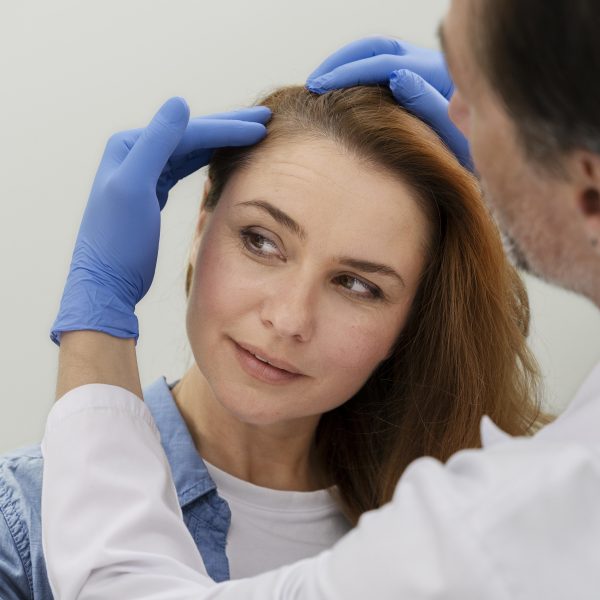 |  |  | 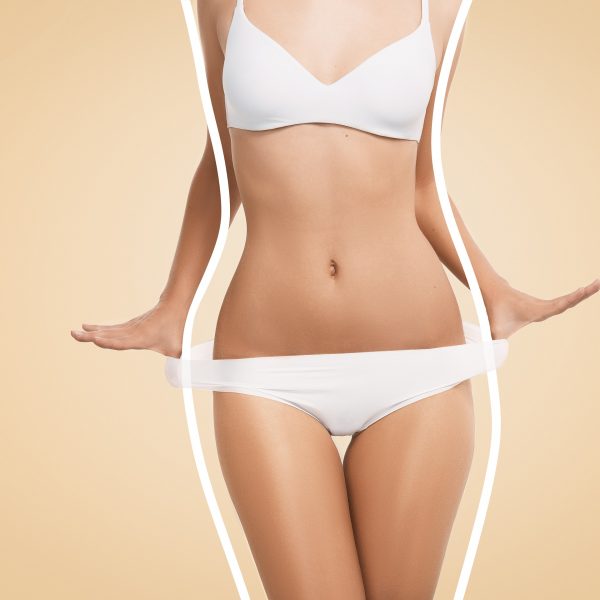 | 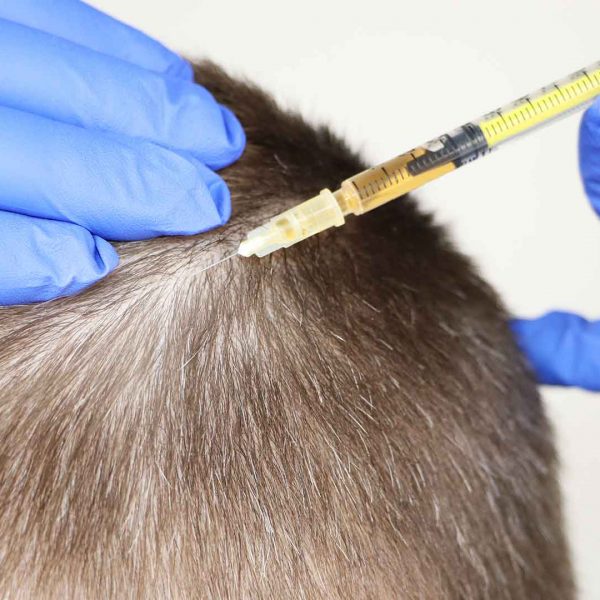 |  | |||||||||||||||||||||||||||||||||||||||||||||||||||||||||||||
| SKU | D2300-3-2-3-2-1-1-1-1-2-2-1 | D2300-3-2-3-2-1-1-1-1 | D2300-3-2-3-2-1-1-1-1-2-2-1-3 | ||||||||||||||||||||||||||||||||||||||||||||||||||||||||||||||||
| Rating | |||||||||||||||||||||||||||||||||||||||||||||||||||||||||||||||||||
| Price | €1.750,00 | €170,00 | €350,00 | €3.450,00 | €175,00 | €99,00 | |||||||||||||||||||||||||||||||||||||||||||||||||||||||||||||
| Stock | |||||||||||||||||||||||||||||||||||||||||||||||||||||||||||||||||||
| Availability | |||||||||||||||||||||||||||||||||||||||||||||||||||||||||||||||||||
| Add to cart | |||||||||||||||||||||||||||||||||||||||||||||||||||||||||||||||||||
| Description | Our hair purchases are made with the FUE (Follicular Unit Extraction) method. FUE is the process of removing hair islands (follicular unit; FU) one by one without making a linear incision with the help of a micromotor. Within 1-2 weeks after the procedure, visible improvement is completed in the area where the procedure is taken. Daily life can be easily continued. Our plantings are state-of-the-art as well as the classical canal method. It is done with the DHI method (pencil method), which gives the healthiest and most natural results. | Abdominal stretching surgeries vary according to the technique applied and the severity of the patient's complaint. Which one should be applied to you is decided after the pre-operative interview and examination. | |||||||||||||||||||||||||||||||||||||||||||||||||||||||||||||||||
| Content | Hair loss, which is one of the biggest problems of today, has become a problem that women encounter more frequently than men. Yaşam Hospital hair transplantation department is a center that follows world standards in hair transplantation and works with professional experienced staff in this field. It follows the scientific developments related to hair transplantation and serves its patients with the latest technology. Our center is a full-fledged hospital, and our procedures are carried out in a sterile environment with care for you and your health. |
What is laser tattoo removal?Tattooing is a permanent procedure on the skin. Tattoo removal can be done with modern methods when, for any reason, the person does not want to see his tattoo on his body anymore. Tattoo removal, permanent make-up and stain treatment can be performed with the Q-switch Nd:YAG laser. This process is a technology that destroys the color pigments used in tattoos by focusing. During this very delicate process, the laser sees and destroys the pigment and damages the tissue as little as possible. In laser tattoo removal, which is a long and laborious process, one hundred percent result may not always be achieved. For this, the decision to have a tattoo should be considered very well, and possible future regrets should be considered.How is laser tattoo removal done?Tattoo and skin analysis should be done before the procedure. Lasers designed for tattoo removal and spot treatment send the beam to the epidermis layer of the skin, absorb the compounds that give color to the dermis and subcutaneous tattoo, and destroy the chemical substance by breaking it down. The wavelength of the laser; is adjusted according to the size, density and color of the tattoo. In laser shots, dye pigments are made without damaging the tissues. While black dyes under the skin are better detected by the laser, more effective results are obtained, while the same is not true for light-colored dyes. Different wave sizes are used in tattoos with multi-colored paints.How many sessions does laser tattoo removal take?There are some environmental and structural factors in tattoo removal. It is important in which part of the body the tattoo is located. More sessions are required to remove tattoos, especially on the tips of the feet and fingers. For tattoos on larger areas of the body, a more effective process is performed and removed. The duration of the erasing process varies due to the color of the tattoo, the amount and type of paint used in the tattoo. Tattoo removal sessions take place at intervals of approximately 1.5 – 2 months. The number of sessions varies according to the person and the nature of the tattoo.Will there be any scars after laser tattoo removal?After each tattoo removal session, the color of the tattoo will lighten by approximately 20%. In tattoos where multi-colored and phosphorescent colors are used, the erasing process may be longer.Is laser tattoo removal painful?After numbing the skin part with cream or local anesthesia, the procedure is performed by protecting the upper skin layer in that area with the help of a Q-Switch ND-YAG laser and cooler. After the procedure, there may be bleeding in the area and crusting on the skin that will last for about a few days after the procedure. After the application, antibiotic cream should be used to both repair the area and prevent the development of infection.When should laser tattoo removal be done?While tattoo removal is more comfortable in winter, it is not preferred in summer due to the risk of staining with the effect of the sun. The time of the procedure varies according to the size of the tattoo. Since the sun is out in the summer, problems such as permanent staining may occur after the procedure. The best time for this is the winter months. |
| During pregnancy, due to sudden growth in the abdomen or as a result of weight gain or loss, sagging in the abdomen, cracks, etc. There are some undesirable changes. Abdominal stretching helps to reduce these complaints. In fact, the patients with the best results are those who have come because of their sagging after weight loss. Although it is not possible for all the cracks on the abdomen to disappear in tummy tuck surgeries, it is possible to reduce them even more. There is no doubt that it is appropriate to perform this type of surgery by Aesthetic and Plastic surgery specialists, in appropriate operating room conditions and when all conditions that protect the patient are met. | With hair mesotherapy, vitamines and minerals which immediately affect hair growth, are directly applied to the hair root. Hair mesotherapy is used for all kinds of hair loss(man-type hair loss, hormonal hair loss, anemia etc.). Asthe therapy is made with very thin needles, it doesn’t hurt very much. Results start to be visible after the 3rd session. After a total of 8-10 sessions, a recall session should be applied after 3-4 months. |
Breast Health Package for Women Over 40Our Breast Health Center, which is a part of Yaşam Hospital Oncology Center, offers all the possibilities of technology to provide the best care to every woman. What is Mammography?Mammography is the low-dose X-ray imaging of the breast tissue to look for early signs of breast cancer before symptoms develop. It can also be used for due diligence when a new symptom (lump or focal pain) develops in the breast tissue. When viewed on a mammogram, breast tissue appears white and opaque (nebula), while fatty tissue appears darker and translucent.When Should a Mammogram Be Done?Annual screening mammograms are recommended for all women from the age of 40. Women who do not have any breast-related signs or symptoms are also screened. If an abnormality is present or patients have a new symptom (a lump or focal pain), additional evaluation may be required. Further examination will reveal what these suspected abnormalities are.What Percent of Women Who Have Had Mammography Have Risky Situations?Potential abnormalities are found in 6 to 8 percent of women who get mammograms. This group undergoes different additional evaluations, which may include breast physical examination, diagnostic mammography, breast ultrasound or needle biopsy.After these additional evaluations are completed, it becomes clear what the abnormalities found on the mammogram are.What Does an Abnormality Look Like on a Mammogram?The possible abnormality on a mammogram may be called a nodule, mass, lump, density or deterioration: A mass (lump) with a smooth, well-defined border is usually benign. Ultrasound is necessary to see and identify the inside of a mass. If the mass contains fluid, it is called a cyst. A mass (lump) with irregular borders or a starburst appearance may be cancerous and a biopsy is usually recommended. Microcalcifications (small calcium deposits) are another type of abnormality. They can be classified as benign, suspicious, or uncertain. Most microcalcifications are benign. Depending on how the microcalcifications appear in additional studies (magnification views), a biopsy may be recommended.What is the Accuracy Rate of Mammography?Diagnoses made by mammography are between 85 percent and 90 percent accurate. Mammograms can detect breast abnormalities before they are large enough to be felt. However, a palpable mass may not be seen on a mammogram. Any abnormality you feel while examining your breasts should be evaluated by your doctor.What Should Be Considered Before Mammography?You can follow your normal routine before the mammogram. You can take your medications and maintain your eating and drinking patterns. If you are breastfeeding, pregnant or think you may be pregnant, you should tell your doctor as your mammogram may need to be postponed.What Should I Pay Attention to When Coming to My Mammography Appointment?The technician will ask you to remove one breast from your bib at a time and place it on the chest support plate. The image of the breast is taken by clamping it between two plates. In the meantime, pressure is applied to the breast, preventing the breast from moving. This pressure spreads the breast tissue, allowing the radiologist to see the tissue better. Also, the least amount of radiation is used when the breast is compressed as finely as possible. You may feel some discomfort during 3-5 seconds of pressure. If you cannot tolerate the pressure, please let the technician know. Pressure can be more bothersome at some times in a woman’s menstrual cycle. To minimize discomfort, we recommend scheduling your appointment seven to 10 days after the start of your period.How is a Mammogram Taken?The technician will ask you to remove one breast from your bib at a time and place it on the chest support plate. The image of the breast is taken by clamping it between two plates. In the meantime, pressure is applied to the breast, preventing the breast from moving. This pressure spreads the breast tissue, allowing the radiologist to see the tissue better. Also, the least amount of radiation is used when the breast is compressed as finely as possible. You may feel some discomfort during 3-5 seconds of pressure. If you cannot tolerate the pressure, please let the technician know. Pressure can be more bothersome at some times in a woman’s menstrual cycle. To minimize discomfort, we recommend scheduling your appointment seven to 10 days after the start of your period.How Does the Process Proceed After Mammography?There may be temporary skin discoloration and/or mild pain in the chest due to compression. Most women will be able to resume their normal activities soon after their mammogram. Your results will be available within a few days after the test. After getting the results, your doctor will explain everything to you.How Often Should You Have a Mammogram?Regular mammograms every year, starting at the age of 40, will enable you to recognize potential risks early.What Does the Breast Health Package Consist of?Breast health package consists of General Surgery Examination and Mammography | |||||||||||||||||||||||||||||||||||||||||||||||||||||||||||||
| Weight | N/A | N/A | N/A | N/A | N/A | N/A | |||||||||||||||||||||||||||||||||||||||||||||||||||||||||||||
| Dimensions | N/A | N/A | N/A | N/A | N/A | N/A | |||||||||||||||||||||||||||||||||||||||||||||||||||||||||||||
| Additional information |
|
|
|
| |||||||||||||||||||||||||||||||||||||||||||||||||||||||||||||||
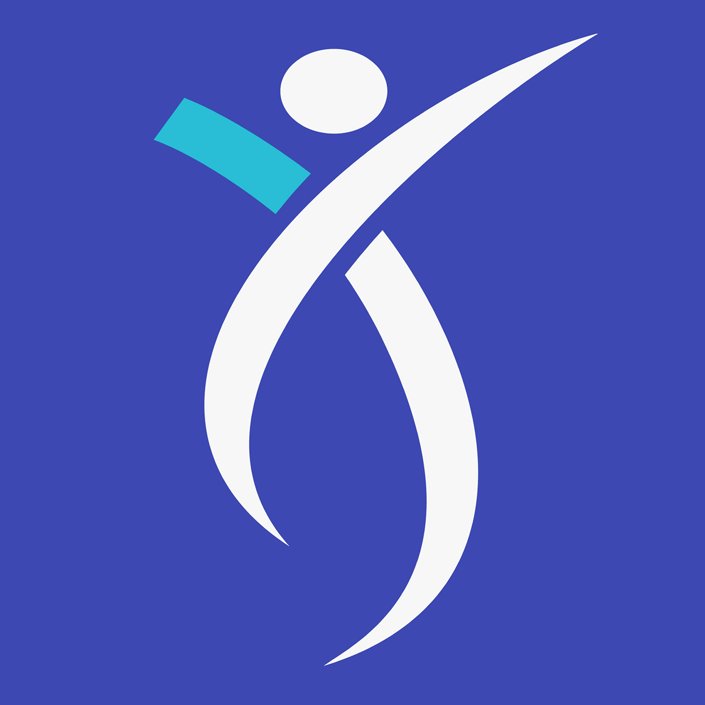

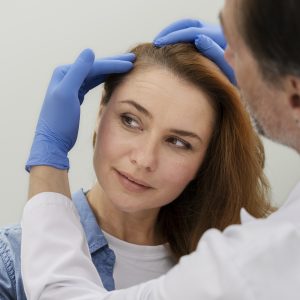
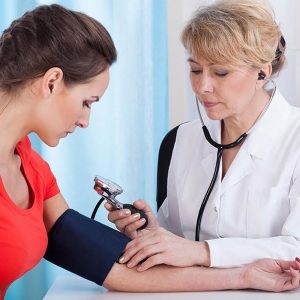
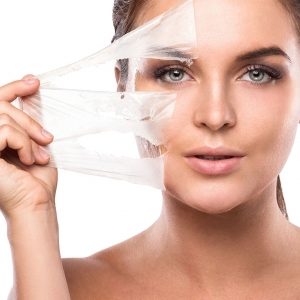
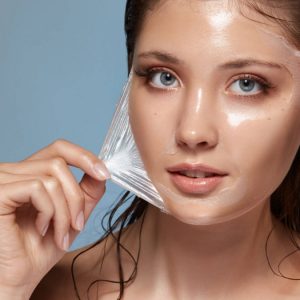
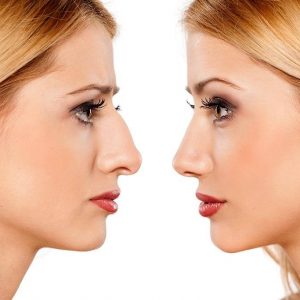

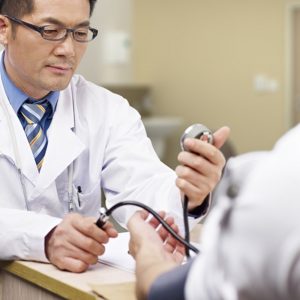
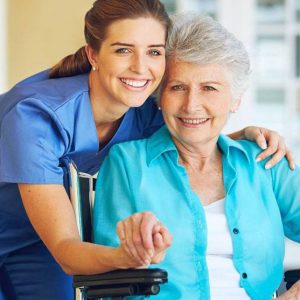
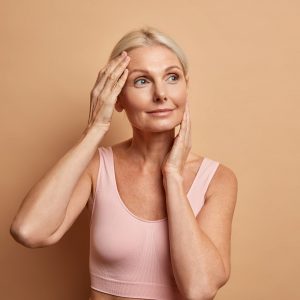

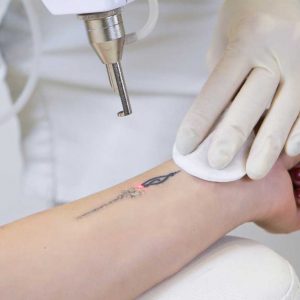
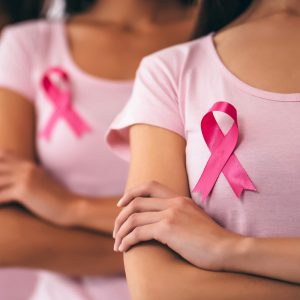

Reviews
There are no reviews yet.